4 Browse Abandonment Strategies from Wayfair, Adidas and Tiffany & Co.
February 20, 2019

For retailers dealing with cart abandonment, there’s good news and bad news. The good news is, you’re not alone; almost 70% of online shopping carts are abandoned. The bad news is… almost 70% of online shopping carts are abandoned. But while marketers all know that a good cart abandonment strategy is crucial, you don’t hear as much about browse abandonment.
According to SaleCycle research, just 14.5% of sessions on retailers’ websites end with an item being added to a cart. That number sounds low, but it’s not necessarily negative. There are no shortage of distractions on the Internet; how often do you just shop with no other tabs open?
Targeted responses to customers’ actions, triggered email messages are a great way to nurture that customer from a browser to a buyer. Browse abandonment is challenging, though. While browsing and looking at product pages are actions, they don’t signal the same level as interest as adding an item to a cart. It’s the retailer’s job to know the customer enough to tell the difference and deliver the message in a way that doesn’t seem too voyeuristic. Here are four strategies to help you do that:
Browse Abandonment Best Practice 1: Watch Your Wording
The brands that deliver the best personalized shopping experiences understand that there’s a fine line between coming off as a curator and a creep.
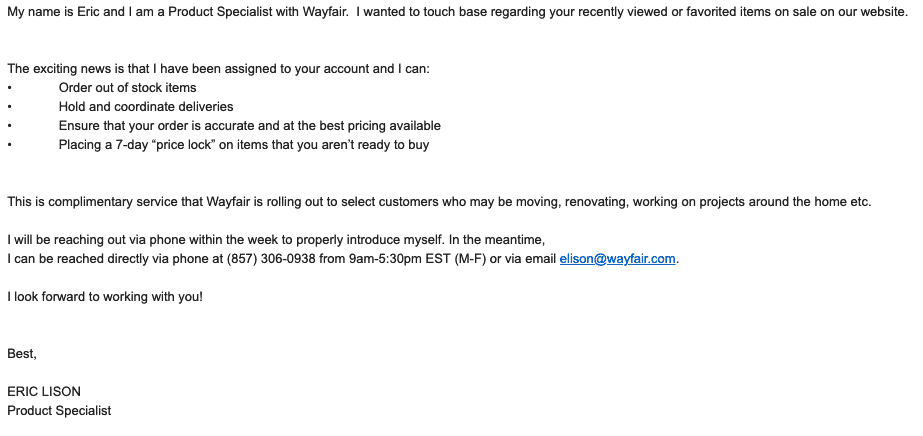
Wayfair does this well by positioning the brand as helpful, while also making the customer feel special. The plain text format makes this message feel more like a personal note, which makes Eric’s promise to reach out by phone more palatable.
Tiffany & Co. also nails browse abandonment by acknowledging the elephant in the room. You can’t get much more straightforward than “We noticed you browsing this design and thought it might still be on your mind.”
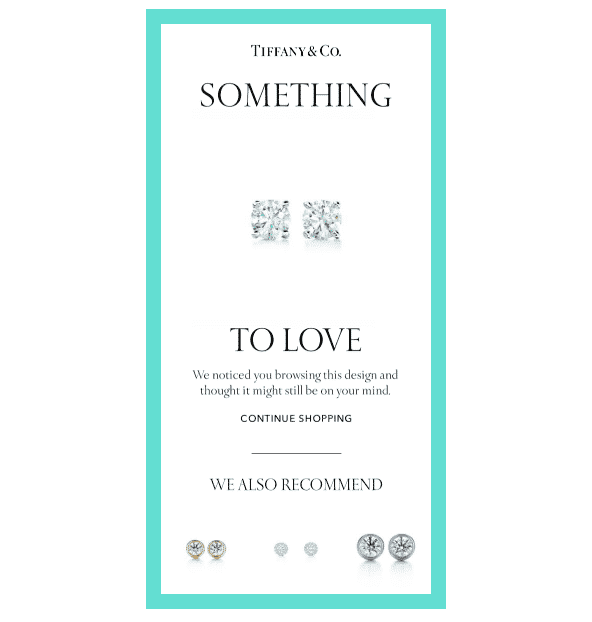
Browse Abandonment Best Practice 2: Make the Transaction Seamless
With cart and browse abandonment, it’s crucial to show the product and remind people what they liked about it. It’s possible those Tiffany & Co. diamond studs were still on the customer’s mind. By including a picture of them, the brand guaranteed that if they weren’t, they are now.
Additionally, just mentioning a product in an email’s subject line can increase open rates by 40%. Capitalize on that by making the purchase as easy as possible. Deep link to the product, the way Adidas does.
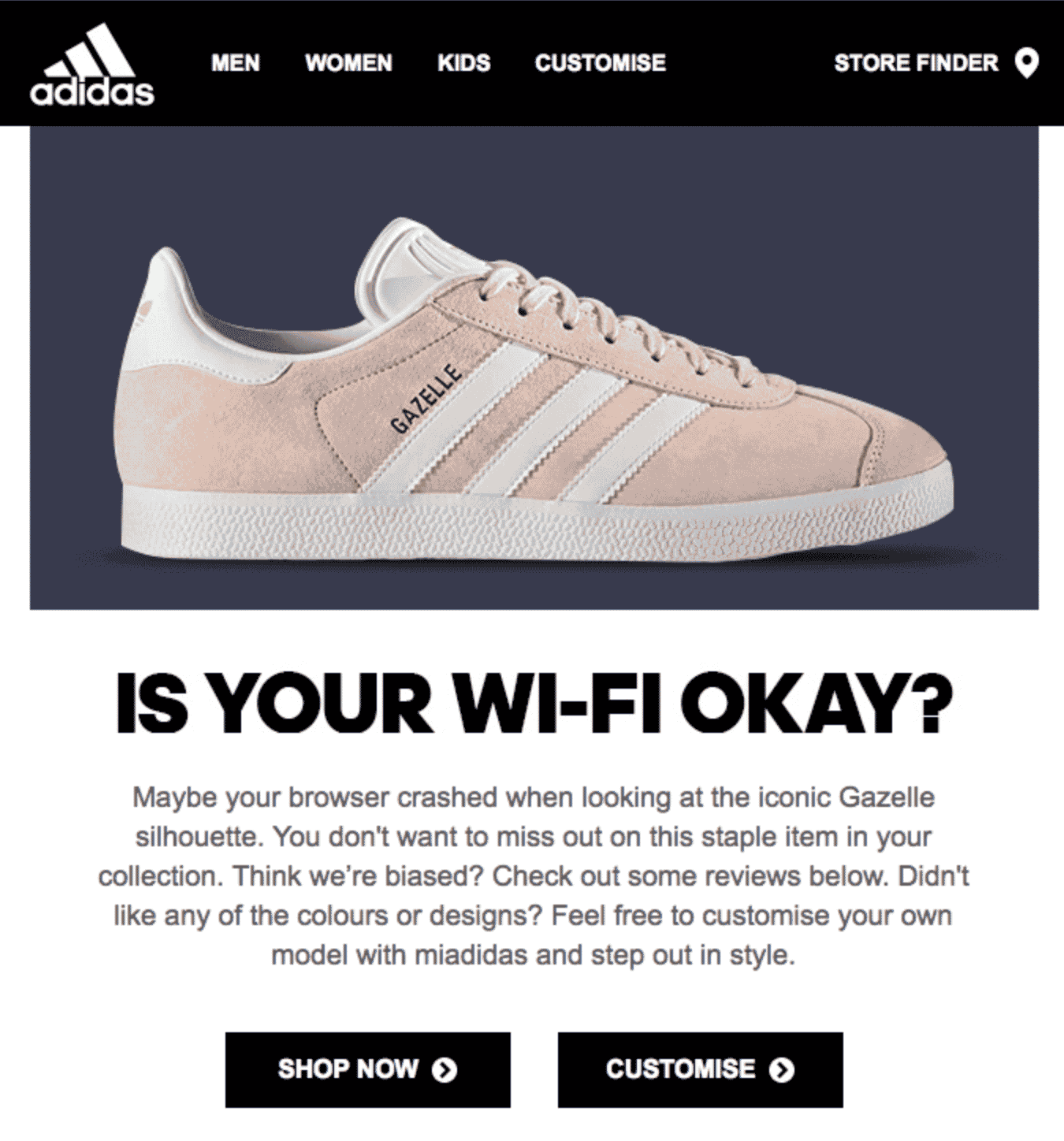
Adidas also acknowledges the elephant in the room, in a cheeky way. But what makes this a great example of browse abandonment is, Adidas also simplifies the transaction while also offering another option. Maybe the shopper liked the sneakers, but wasn’t enthused about the peach color. Adidas let it be known that the style is customizable.
Browse Abandonment Best Practice 3: Cross-Sell and Upsell
Cross-selling and upselling are both hallmarks of a good cart abandonment strategy. Why not give browse abandonment the same treatment? Though browsing items isn’t as blatant as adding them to an online shopping cart, that behavior still gives retailers an insight into the customer’s preferences.
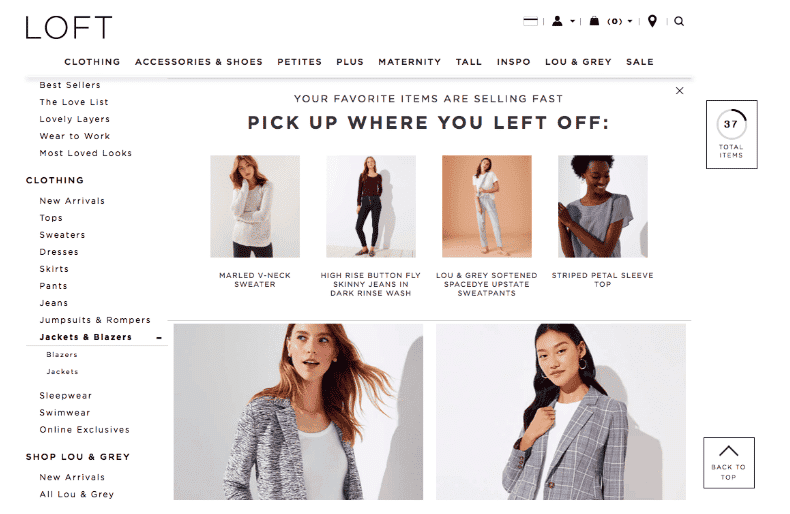
Look at the items this Loft shopper browsed. They’re similar enough to give the brand a sense of her personal style.
The jackets and blazers highlighted fit her style profile nicely. RevZilla also executes this tactic well. The brand sees the customer’s interests and recommends complementary products in a variety of price points, in case his browse abandonment was financially-motivated.
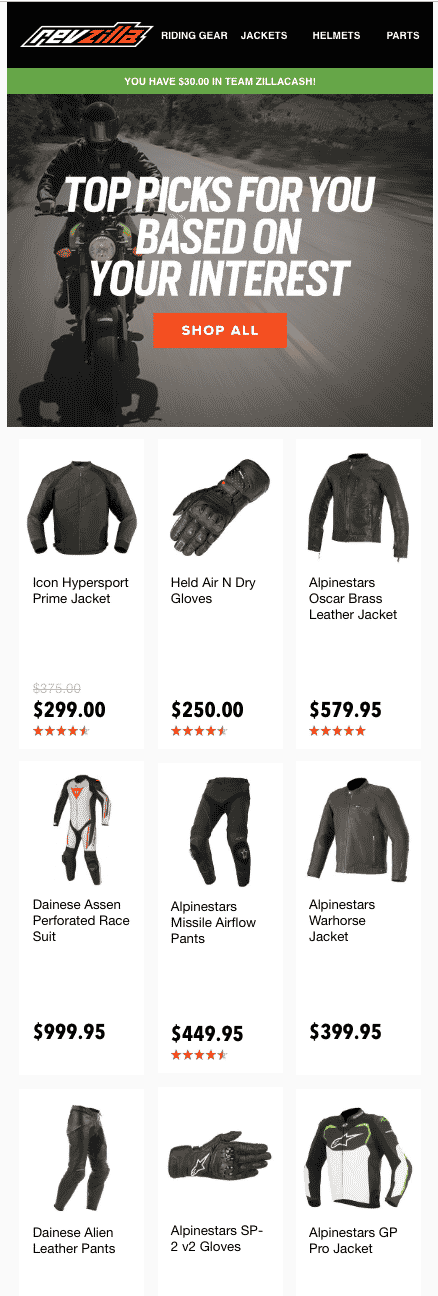
Browse Abandonment Best Practice 4: Provide Context
There are countless reasons for abandoning a cart or a browsing session. One common catalyst is that someone will like an item enough to click on the product page, but not enough to pursue the purchase. Or maybe they are, but not right now. They don’t know; they’re on the fence.
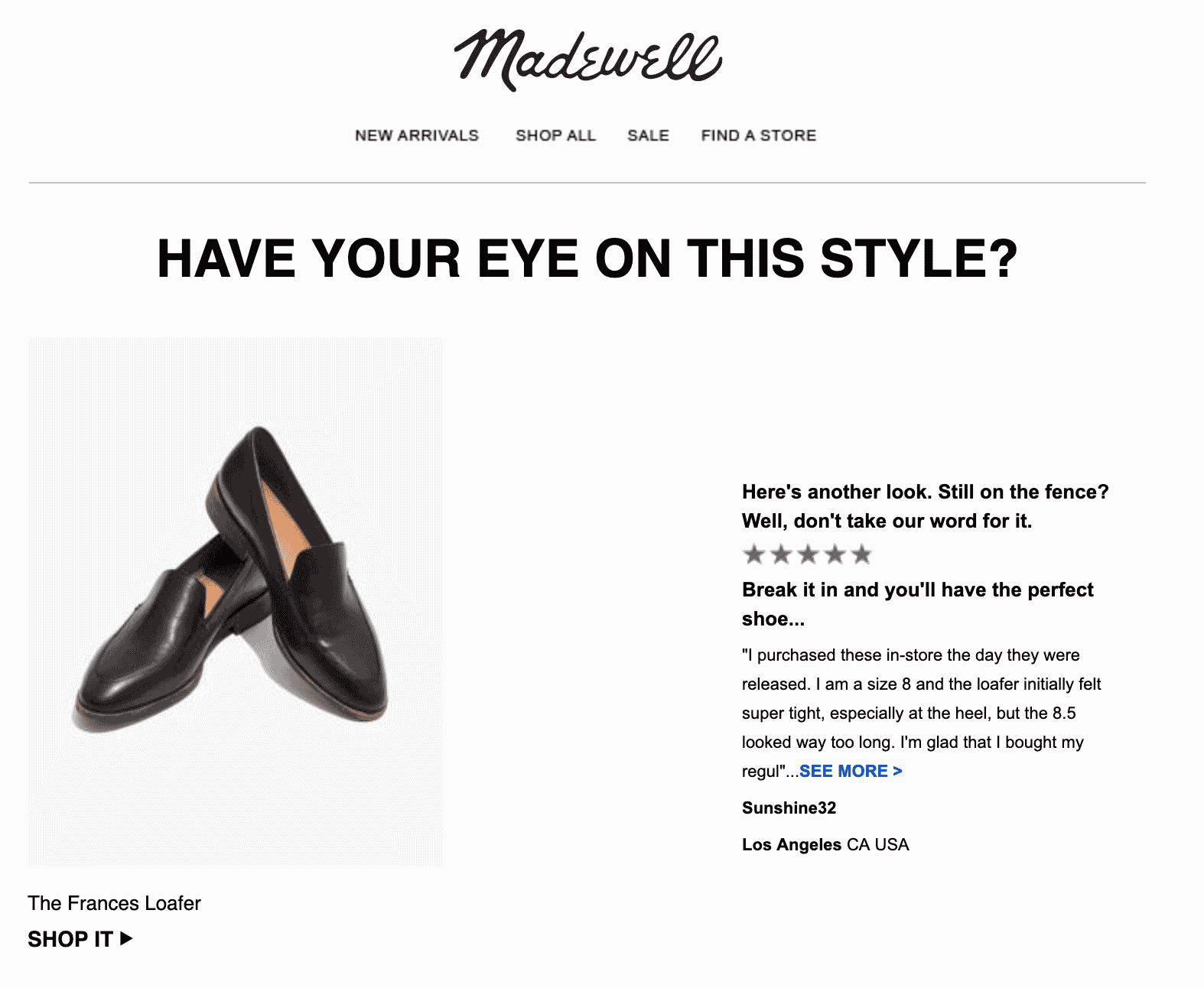
If that’s the case for Madewell shoppers, the brand provides additional context. It’s impossible to tell how a shoe will fit online and these loafers do look a bit narrow. Because of the review, the customer can see that they are, but only until they’re broken in. Notice her five-star rating.
The State of Brand Loyalty in the U.S. in 2023
Related



